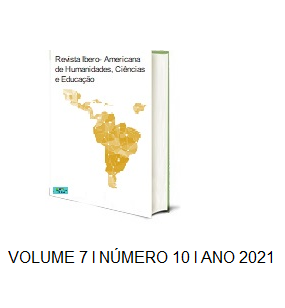THE PHENOTYPIC AND MOLECULAR ASSESSMENT OF DRUG SUSCEPTIBILITY IN CLINICAL ISOLATES OF Leishmania spp. OBTAINED IN AN ENDEMIC AREA FOR LEISHMANIASIS: A REVIEW
DOI:
https://doi.org/10.51891/rease.v7i10.2409Keywords:
Endemic Diseases. Anti-Infectious. Leishmania.Abstract
Introduction: The leishmaniasis is one of the seven neglected tropical diseases that most devastate the population. In 2019, for example, there was a raise in the number of cases of this disease in brazil, recording the highest fatality rate in the last decade, emerging as a major public health problem. Objective: The purpose of this work was to carry out an integrative literature review for discussing the phenotypic and molecular assessment of drug susceptibility in clinical isolates of leishmaniasis. Material and methods: It was carried out a search of the references in the capes, pubmed and academic google journals in march 2021. The investigation allowed the identification of 10 papers that met the established criteria. Results: it was noted that 80% of the papers proved that natural herbal compounds associated with other drugs are herbal alternatives for leishmaniasis species and the other papers mentioned that the drugs glucantime®, amphotericin b and miltefosine are the most used in recent years, however, they cause adverse effects. Conclusion: Thus, it was possible to conclude that the phenotypic and molecular evaluation of drug susceptibility in clinical isolates of Leishmania spp. showed that natural products along with the drugs glucantime® and miltefosina were more susceptible to leishmaniasis isolates, as most of the parasites died after laboratory tests in vitro and in vivo accompanied by chemical, physical and biological agents.
Downloads
Downloads
Published
How to Cite
Issue
Section
Categories
License
Atribuição CC BY

